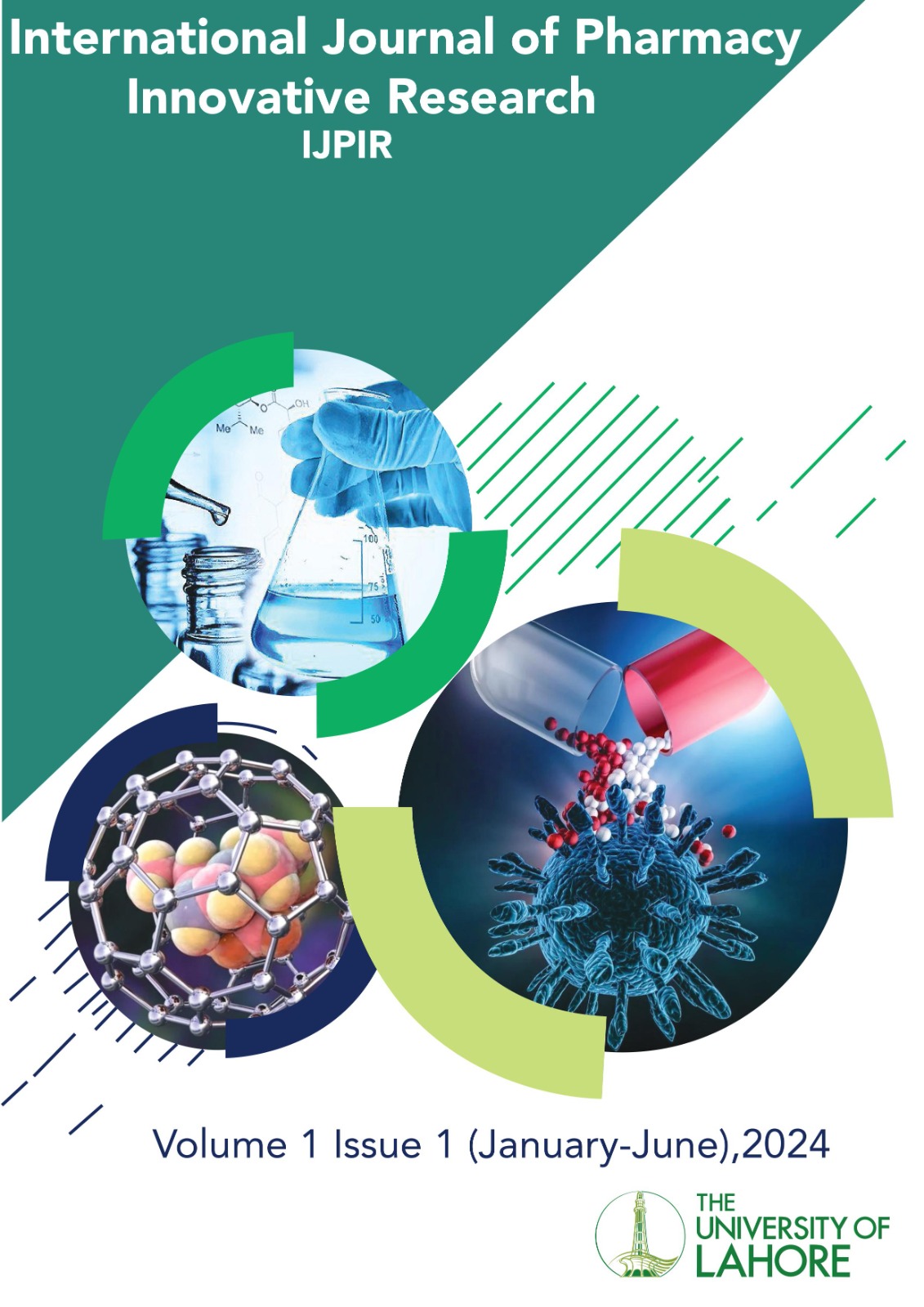Erectile Functioning and Associated Outcomes in Geriatric Patients after Trans-Urethral Resection of Prostate (TURP)
Keywords:
Erectile Functioning, transurethral resection of the prostate (TURP) in patients with benign prostatic hyperplasia (BPH)Abstract
Objective: The objective of this study was to evaluate the erectile outcome after transurethral resection of the prostate (TURP) in patients with benign prostatic hyperplasia (BPH).
Methods: A retrospective study of 216 patients was conducted at Tertiary care hospitals of Peshawar to identify erectile outcomes after TURP from January 2019 to December 2019. Data were only included if they reported postoperative erectile function using validated assessment tools. Records on rates of erectile dysfunction (ED), and post-operative recovery, were collected and analyzed. Using the Q-max (peak urinary flow rate), IIEF (the international index of erectile function), PVR (post-void residual urine), and IPSS (international prostate symptom score) scales, all patients were evaluated at 1, 3, and 6 months following their TURP treatment.
Results: The studies included 216 patients who underwent TURP for BPH. The overall findings indicated a variable impact on erectile function following TURP. The recovery of erectile function varied among participants, with some reporting a gradual improvement over time, while others noted a persistent decrease in erectile function. Following the TURP treatment for one (01) and three (03) months, the IIEF score for erectile function considerably decreased. However, there was no discernible reduction after six (06) months. Although there was no statistically significant correlation between the fluctuation in IPSS score and erectile function, patients who had recovered from their post-TURP surgery decreasing symptoms had improved erectile function.
Conclusion: The impact of TURP on erectile function in patients with BPH is multifactorial and varies among individuals. The study showed a statistically significant decline in erectile performance at three (03) months following the TURP operation. However, no appreciable change in erectile function was seen following the TURP treatment for six (06) months. Further research is needed to better understand the specific factors influencing erectile outcomes after TURP and to develop strategies for optimizing postoperative erectile function in this patient population.
Downloads
Published
Issue
Section
License
Copyright (c) 2024 International Journal of Pharmacy Innovative Research (IJPIR)

This work is licensed under a Creative Commons Attribution 4.0 International License.


